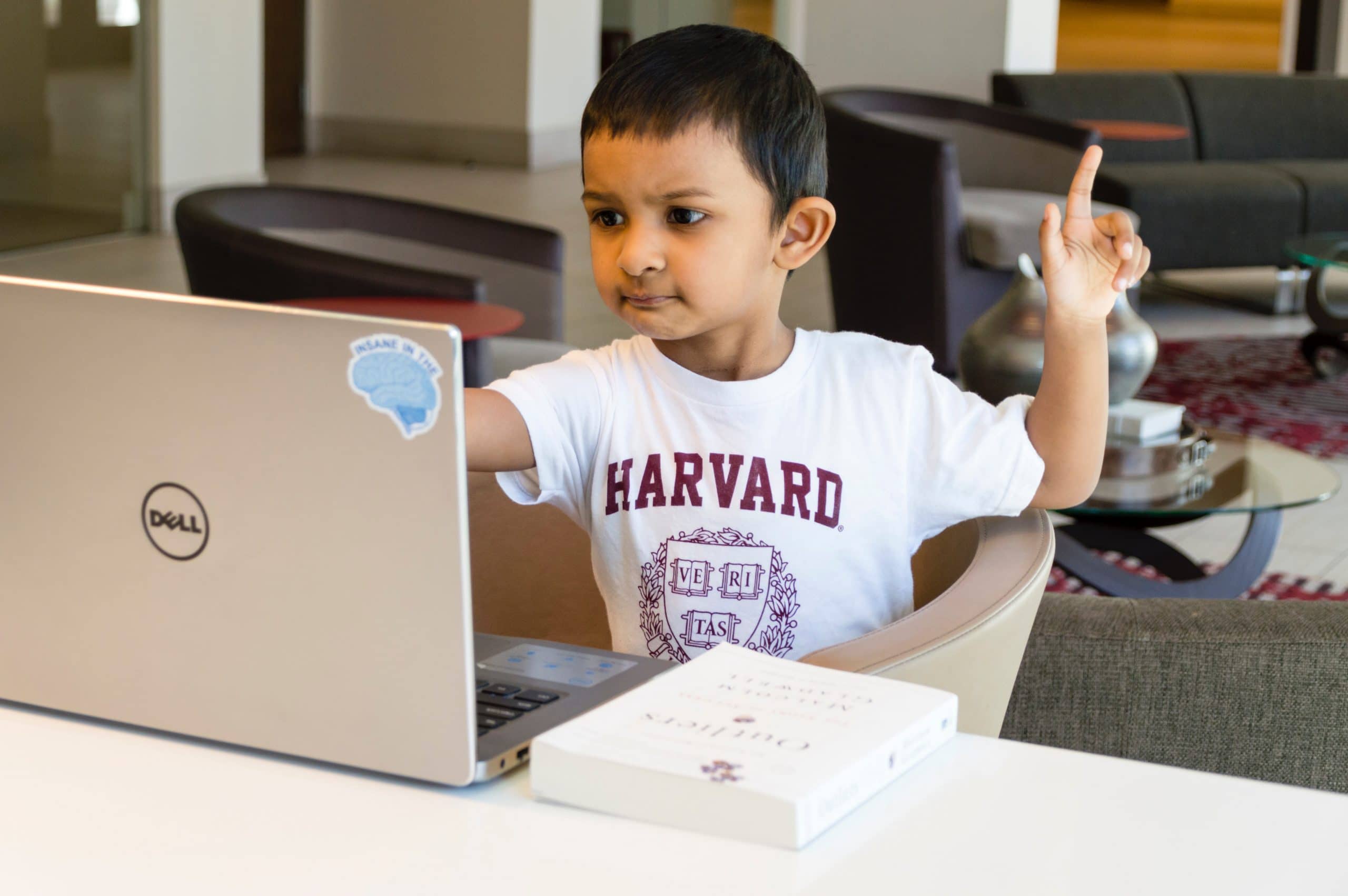Although there are many activities that can teach children how to solve problems and play nice, why not try something new? It should be assumed that most jobs in the near future will involve some knowledge of and a comfort level working with computers that previous generations did not need. Through coding, children are learning how to interact effectively with computers and also build communication skills with their peers.
Bryan Flaig is the science and mathematics instructional coach of Redwood City School District in Silicon Valley. He leads the STEAM (Science, Technology, Engineering, Arts, and Mathematics) program at John Gill Elementary School, a Title 1 school with over half the students qualifying for free or reduced-lunch programs. Flaig says, “Our computer science program has two goals. One is perhaps obvious: to provide our students with a variety of STEAM-related tools and resources to build a foundation in computer science. The other, less so. We want to help students learn the social-emotional skills that our local business leaders tell us they want to see in their new employees. These are the soft skills like collaboration, communication and critical thinking, which students can develop through working in groups to solve complex problems—in this case problems related to coding and robotics.”
Here a few favorites coding tools that educators prefer and children enjoy:
- KIBO – the robot that teaches coding and also collaborative play and sharing.
- Scratch Jr. – is a free programming app that allows children to make their own stories, encouraging playful invention and problem-solving
- Code.org is free, online, and has many different guides to get started on computer programming for any age.
- Raspberry Pi is a tiny, affordable computer used to learn physical programming.
These coding tools are ultimately a way to pique a child’s interest and imagination; once that happens, that is where the true learning begins.
Reality Changing Observations:
Q1. Which coding tool would you try first with your child and why?
Q2. How else can we incorporate tech into building social-emotional skills?
Q3. Can you think of examples in your own life where tech developed your own interpersonal abilities?





